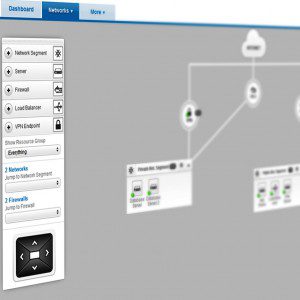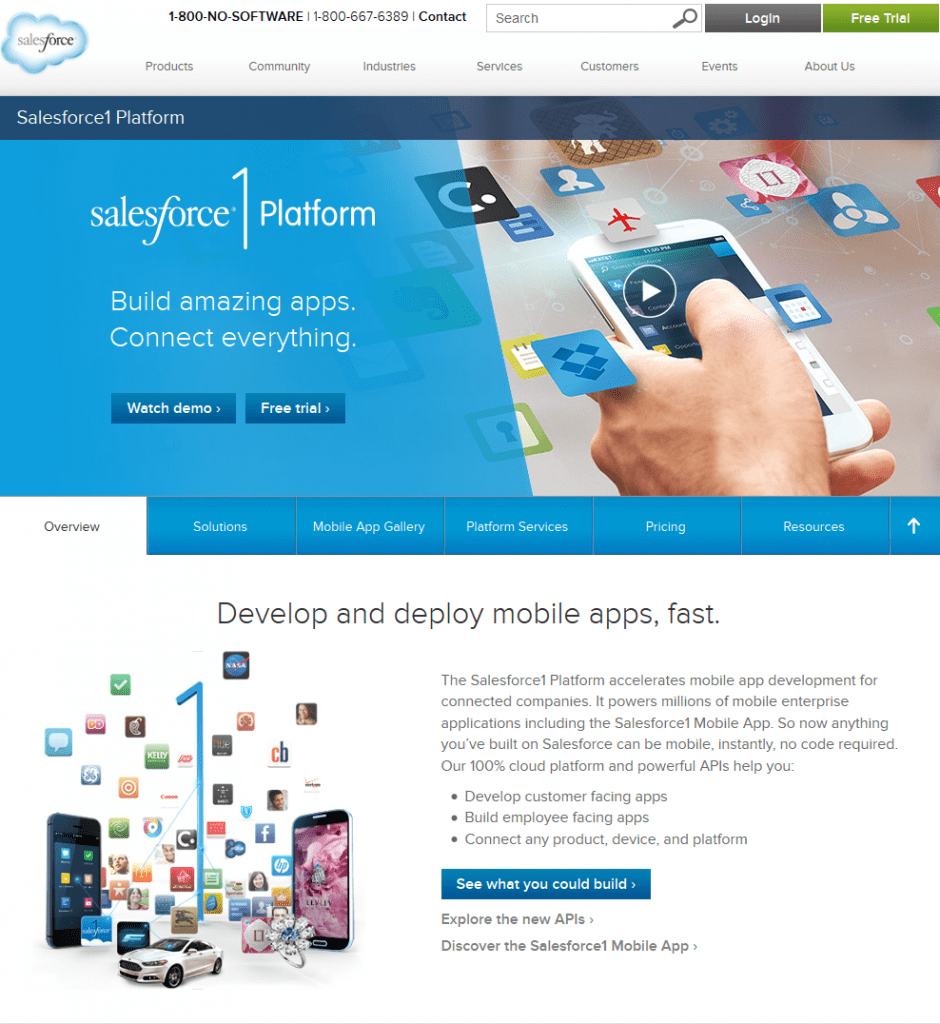There is a lot of confusion these days as to what is really considered “cloud.” Although a number of the technologies that make up cloud computing have been around for many years, only in the last few have they been grouped together under the label “cloud.” Still, the two characteristics that these technologies share are:
- Being sold as a subscription. Cloud services are typically sold as a subscription. Similar to the way cell phones are billed, you typically “subscribe” to some basic set of usage (or in some cases, there is no requirement for a base subscription) and are charged for overages in a given billing period.
- Having no premise equipment. Also typical to all cloud services, most if not all of the service is provided by resources accessed via the Internet (and there’s the origin of the “cloud” moniker, since the Internet is typically represented on network diagrams as a cloud).
There are a number of services that fall into the cloud computing area, but in a nutshell, cloud computing can be broken down into three major types of services:
Infrastructure as a Service
IaaS is what the majority of technical people think of when someone says “cloud.” This service typically consists of a subscription for the use of one or more of network bandwidth/data transfer, CPU, and memory and disk storage. There may be multiple levels of performance for each resource (e.g., SSD disk vs.standard magnetic media, high speed networking) offered by a service provider for use by a broader range of potential customer base.

ServerCentral’s IaaS interface
Platform as a Service
PaaS is a level above IaaS. It removes much of the complexity of system management. This type of offering is where the service provider delivers a preconfigured environment and/or application for systems to run in. This may include technologies like database systems (Oracle, MySQL), application environments (Java) and application services (IDEs). The common thread for PaaS is that it removes the user from the details of installing, configuring and maintaining the system so they can concentrate on building their business logic.

Salesforce1 Platform PaaS
Software as a Service
SaaS is another “go to” when people think of cloud computing. This service is where a provider offers a single or closely related group of applications as a subscription. Some of the advantages that SaaS provides over conventional software installations are:
- No need for software management/maintenance by customer. The service provider typically manages backups, upgrades, capacity, etc., eliminating the need for local IT resources to perform these functions.
- Highly configurable. Most SaaS systems are much more highly configurable and allow customizations without having to change the underlying (shared) software installation.
- Open integration. Many SaaS systems, as they don’t have access to the customer’s premise data, offer one or more application programming interfaces (APIs) to integrate with third party systems.
One of the large drivers of SaaS is that smaller companies can afford access to complex technology without a large capital expense up front for hardware or staff to install and manage the resources.

Basecamp’s project management SaaS
There are a number of other related mixed and sub categories of cloud computing, but anything that’s truly cloud has the two basic features mentioned at the start: they are sold as a subscription, and they are offered—wholly or in part—using remote resources managed by the service provider.
